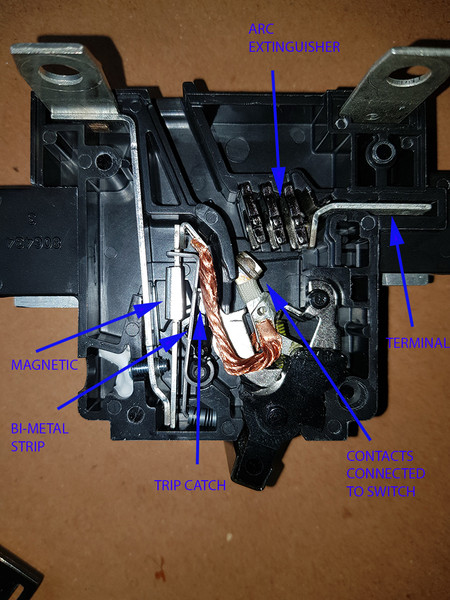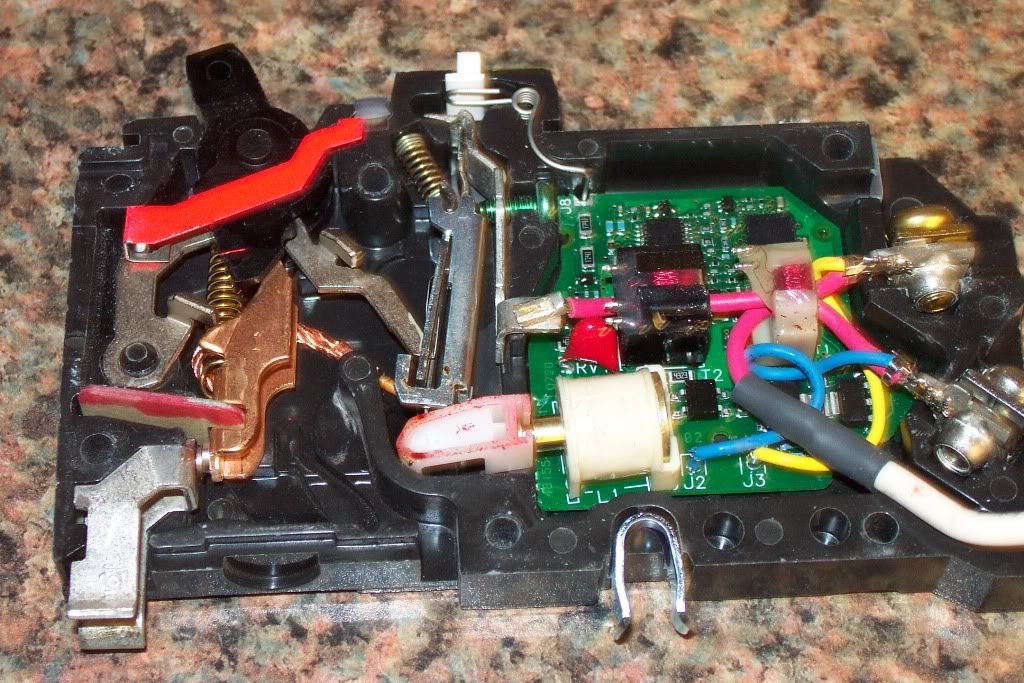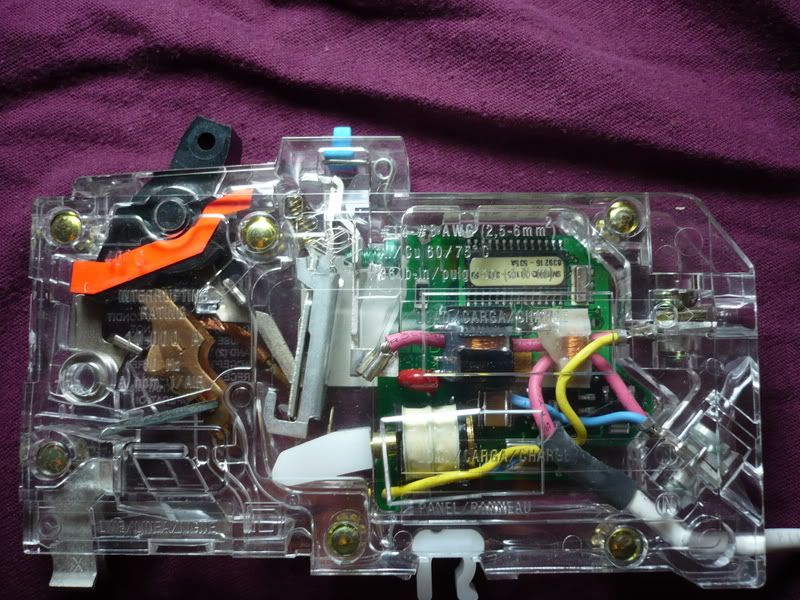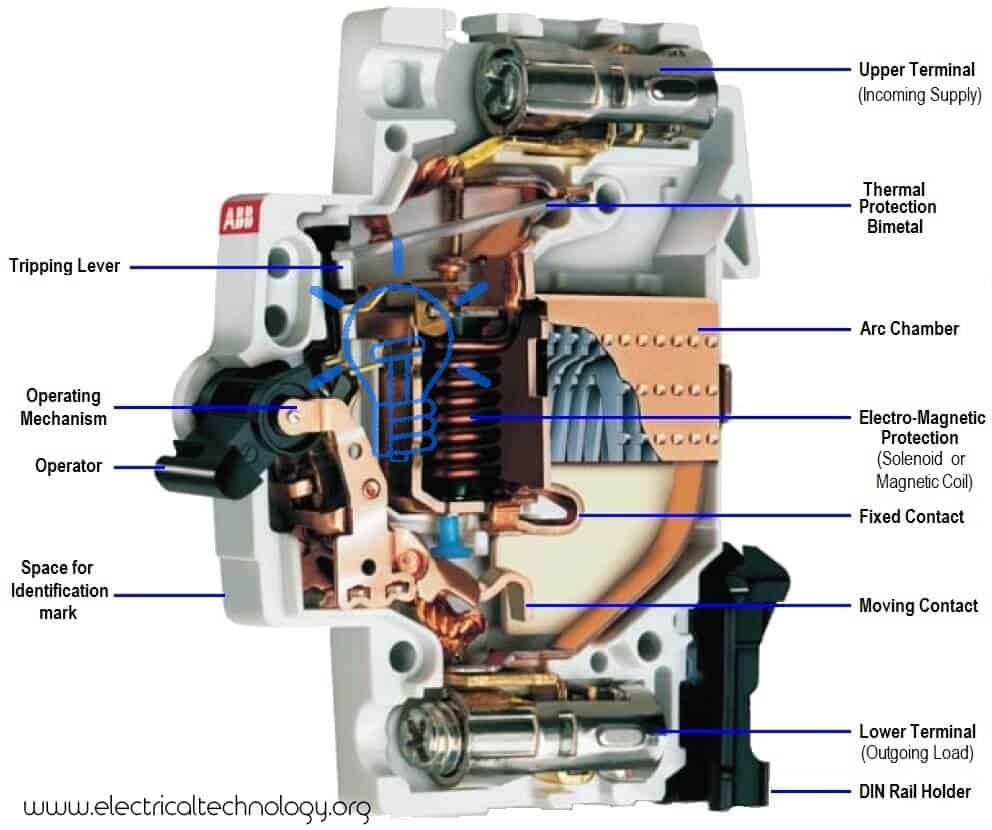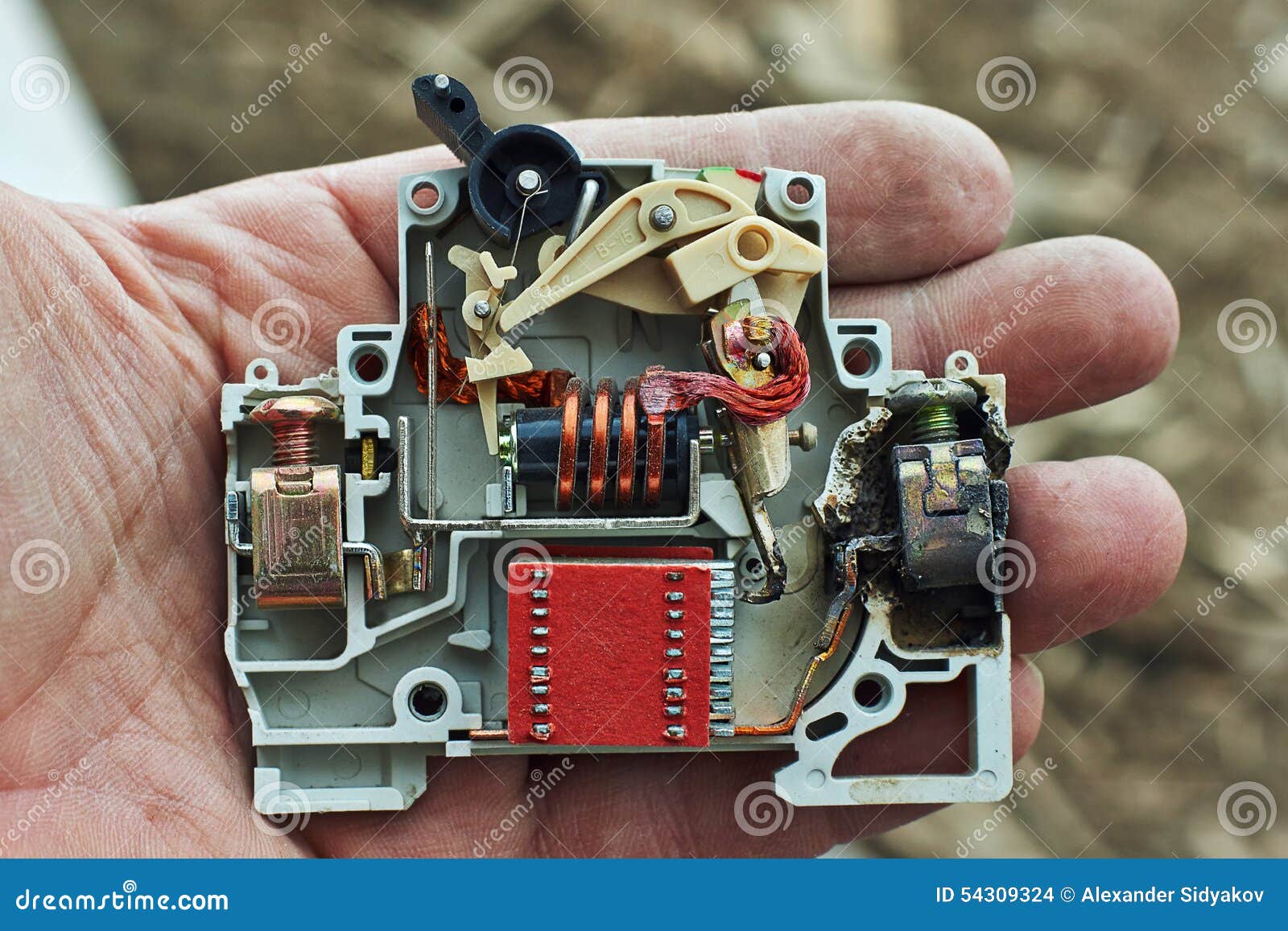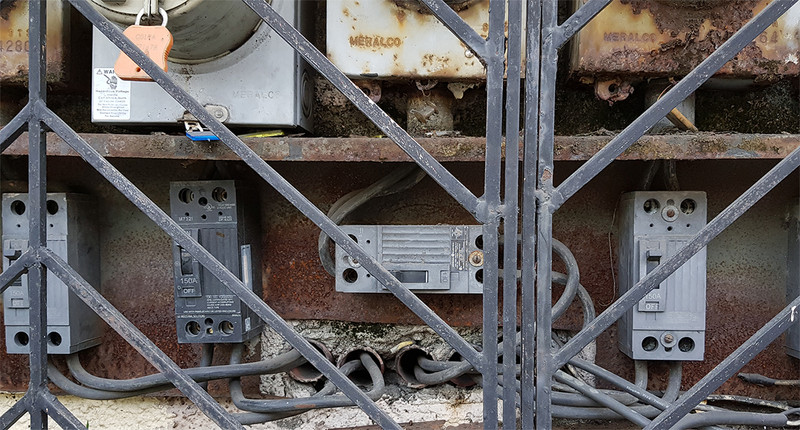Even after having meeting with other local engineers. We still couldn't fathom the cause of this strange Siemens main panel latching anomaly.
First. I just made teardown of a Westinghouse breaker and became so familiar with all the mechanisms I can take all things apart and assemble the inside.


In this video. If I don't lock the on position by pushing it down, it won't lock.
https://www.youtube.com/watch?v=fTo2acI93XM
Here I locked it in position and it stays on. In the third attempt. I didn't push it in so it returned.
https://www.youtube.com/watch?v=tCqGNRzIMO0
Has anyone tried any Siemens main panel breaker used the PL series? Could it somehow be normal (or just tolerance issue)? Using the Westinghouse breaker teardown. I couldn't extrapolate what is wrong with the Siemens.
I couldn't return the item. It costs $45. And a new one cost $85 shipped. So I need to know if what could possibly be wrong with the Siemens. Doesn't it use a standard latching mechanism? Any illustration of what mechanism it could be using?
First. I just made teardown of a Westinghouse breaker and became so familiar with all the mechanisms I can take all things apart and assemble the inside.


In this video. If I don't lock the on position by pushing it down, it won't lock.
https://www.youtube.com/watch?v=fTo2acI93XM
Here I locked it in position and it stays on. In the third attempt. I didn't push it in so it returned.
https://www.youtube.com/watch?v=tCqGNRzIMO0
Has anyone tried any Siemens main panel breaker used the PL series? Could it somehow be normal (or just tolerance issue)? Using the Westinghouse breaker teardown. I couldn't extrapolate what is wrong with the Siemens.
I couldn't return the item. It costs $45. And a new one cost $85 shipped. So I need to know if what could possibly be wrong with the Siemens. Doesn't it use a standard latching mechanism? Any illustration of what mechanism it could be using?



